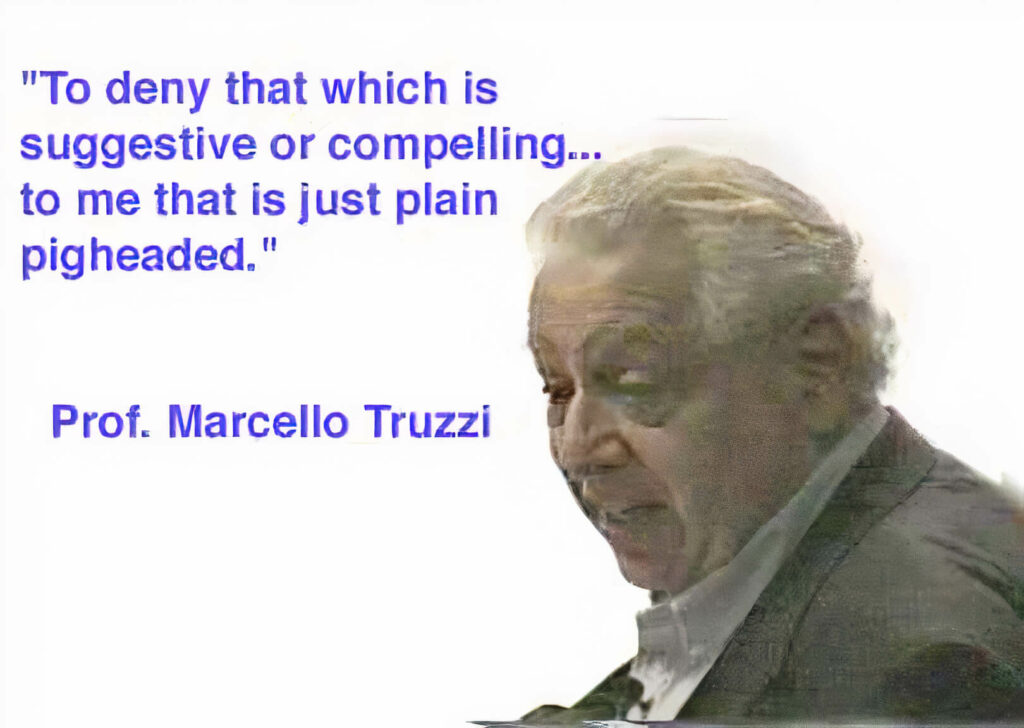What Would It Take To Convince An Honest Skeptic That Psi Is Real?
by Dick Allgire
June 1, 2000
What happens when compelling, or even suggestive evidence of remote viewing is presented to a skeptic? We witnessed an interesting example of this at the Remote Viewing Conference 2000 in Mesquite, Nevada.
It involved Prof. Marcello Truzzi, who presented himself as a “fair and honest” skeptic. He gave a talk at the conference entitled: What Would it Take to Convince an Honest Skeptic that PSI is Real? In his talk, Professor Truzzi spoke of one of the basic mistakes made by critics (skeptics) of psi activity. The mistake, he said, is thinking nothing special is going on when it is. (Not seeing the forest for the trees.)
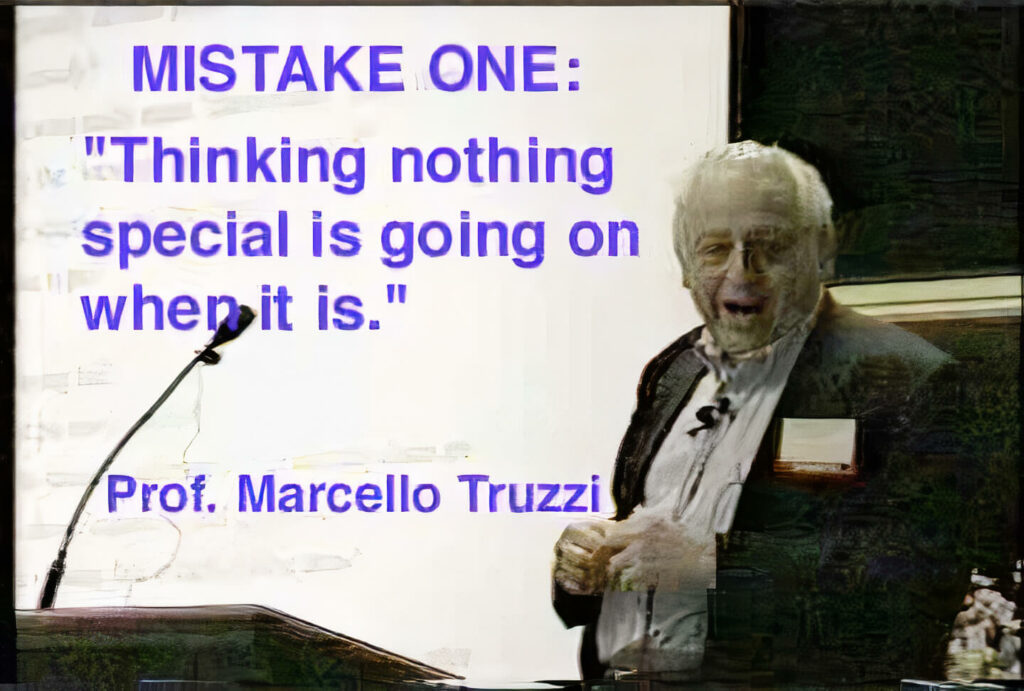
He described how a “fair critic” would react to interesting or compelling evidence of remote viewing. “Which to me means,” he said, “something a critic would look at and say, Gee I can’t account for that…that sure as hell looks like you did it the right way, it sure as hell looks good to me, with this limited information I have, and I would find that compelling.”
And he condemned critics who ignore compelling evidence. “That’s where they have gone too far,” he stated. “They want to deny, many of them, even that which is suggestive, which I think is just pigheaded.”
And he condemned critics who ignore compelling evidence. “That’s where they have gone too far,” he stated. “They want to deny, many of them, even that which is suggestive, which I think is just pigheaded.”
On the third day of the conference a live demonstration of Remote Viewing was conducted by Psi Tech President Jonina Dourif. She accepted a target ID from a member of the audience, and gave it to several of her students to view during her presentation.
A viewer named Mana from the Hawaii Remote Viewers’ Guild also worked this target during the presentation. She did this in full view of a number of conference participants and her work was turned in prior to feedback. She had no possible previous knowledge of the target.
Mana’s S-3 showed water with a smell of “salt air” associated with it. She drew a boat, and she sketched land, described as an island, with a large circular structure on it.
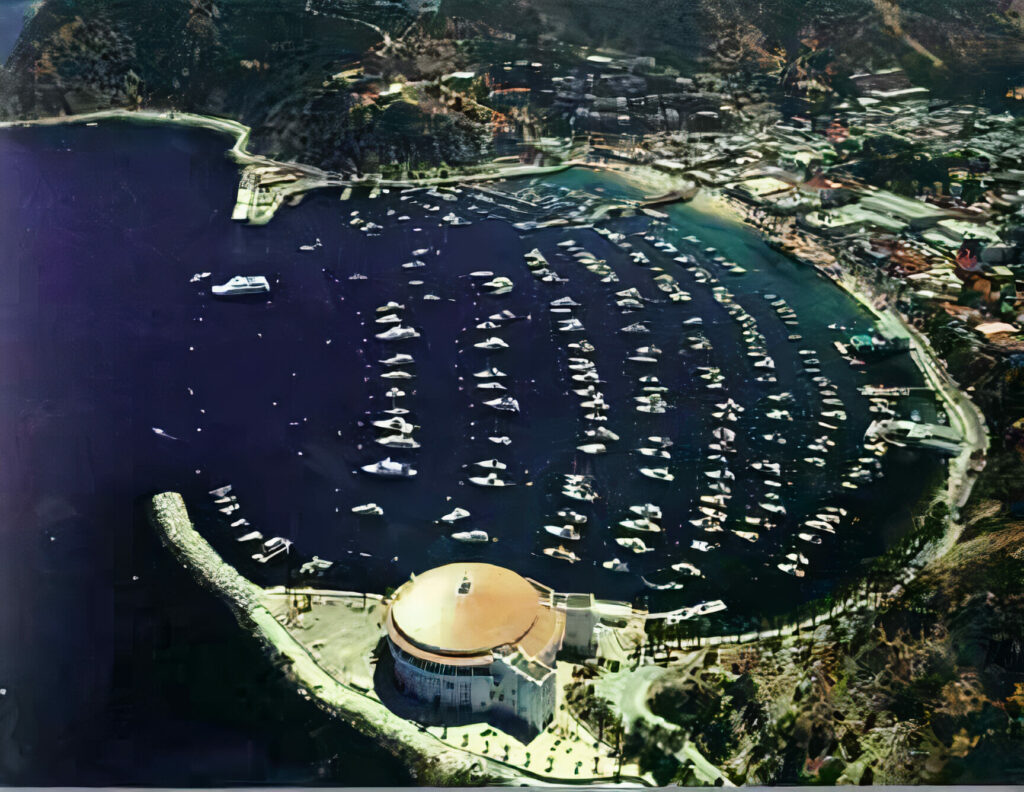
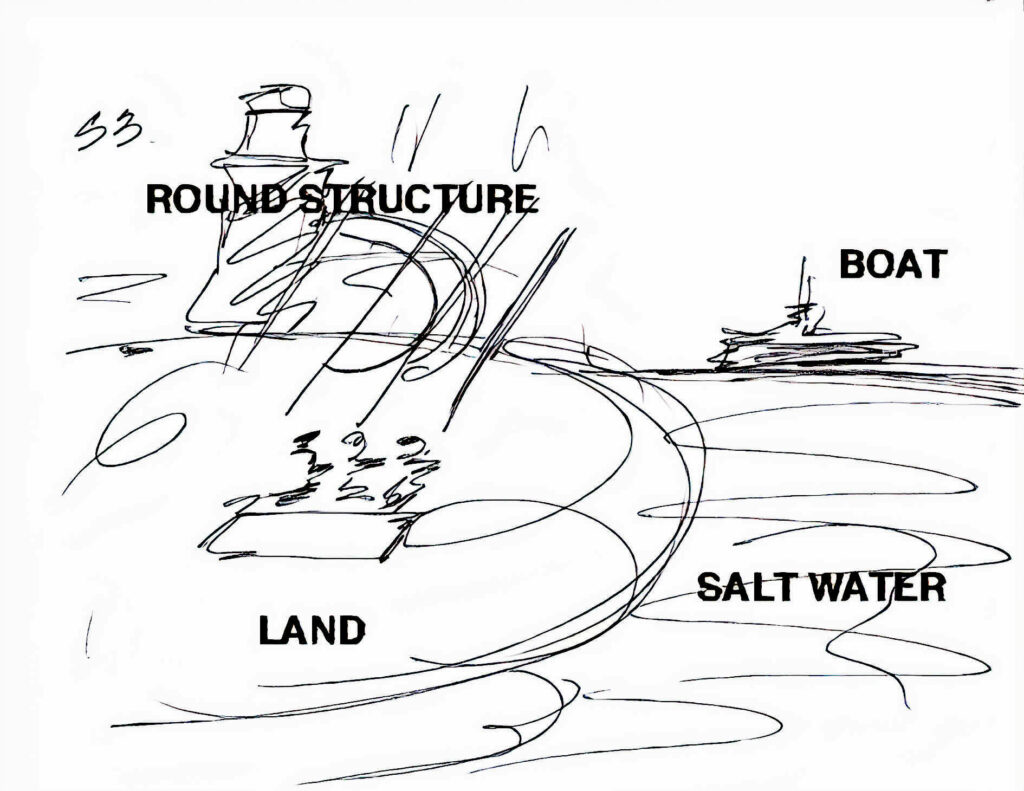
The target was Catalina Island.
We took Mana’s work and showed it to Mr. Truzzi. He could not dispute the chain of custody, nor could he suggest that Mana had in any way cheated. At first he attempted to discredit her work. “That could be anything,” he said, pointing to her sketch with a dismissive gesture.
Just because it looked like a sailboat on water next to an island with a prominent circular structure, apparently was not enough for Professor Truzzi to believe it actually could be a sailboat on water next to an island with a prominent circular structure.
We pointed out that her descriptive terms in S-2 work included “salt air,””diesel fumes,” “island,” and other descriptions of the facilities on the island which left no doubt that she in fact describing a sailboat on water next to an island with a prominent circular structure.
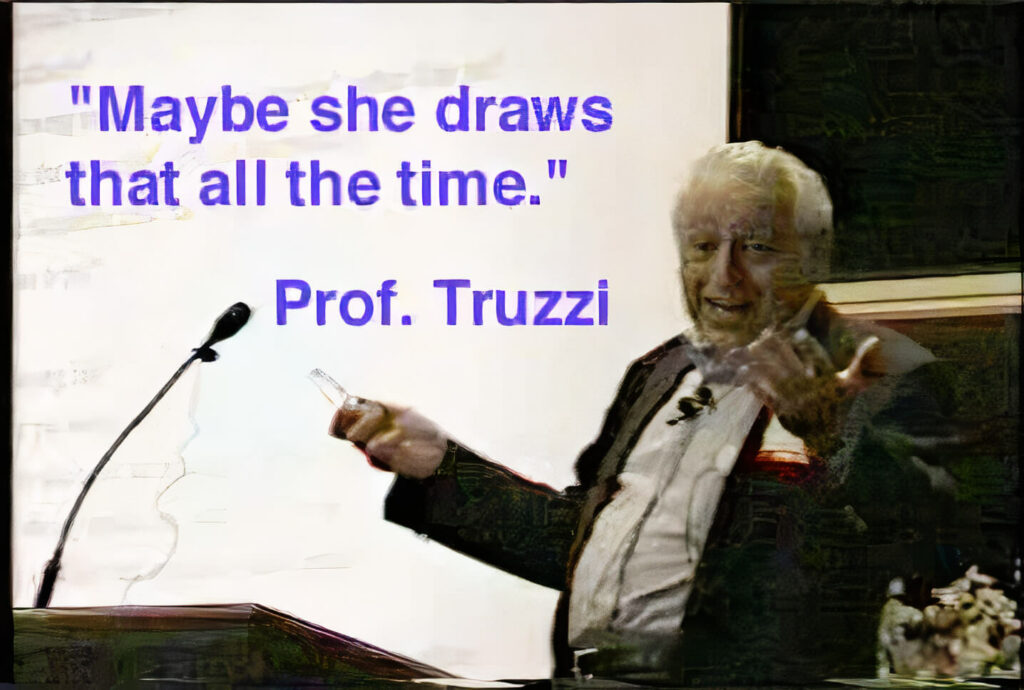
Prof. Truzzi retreated to a fallback position. “But how do I know she doesn’t draw that every time?” he asked.
The logic of this argument escapes me. He was suggesting that Mana always draws a sailboat on water next to an island with a prominent circular structure, and that just by chance happened to be the target?
We offered proof that she has in fact produced S-3 sketches of things other than a sailboat on water next to an island with a prominent circular structure. We showed him her work on a target that was the Russian Revolution, overthrown of Czar Nicholas.
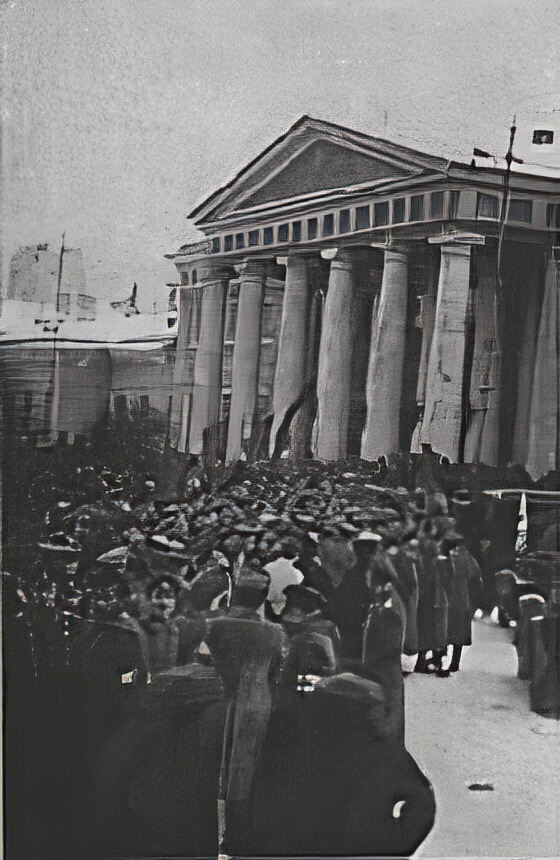
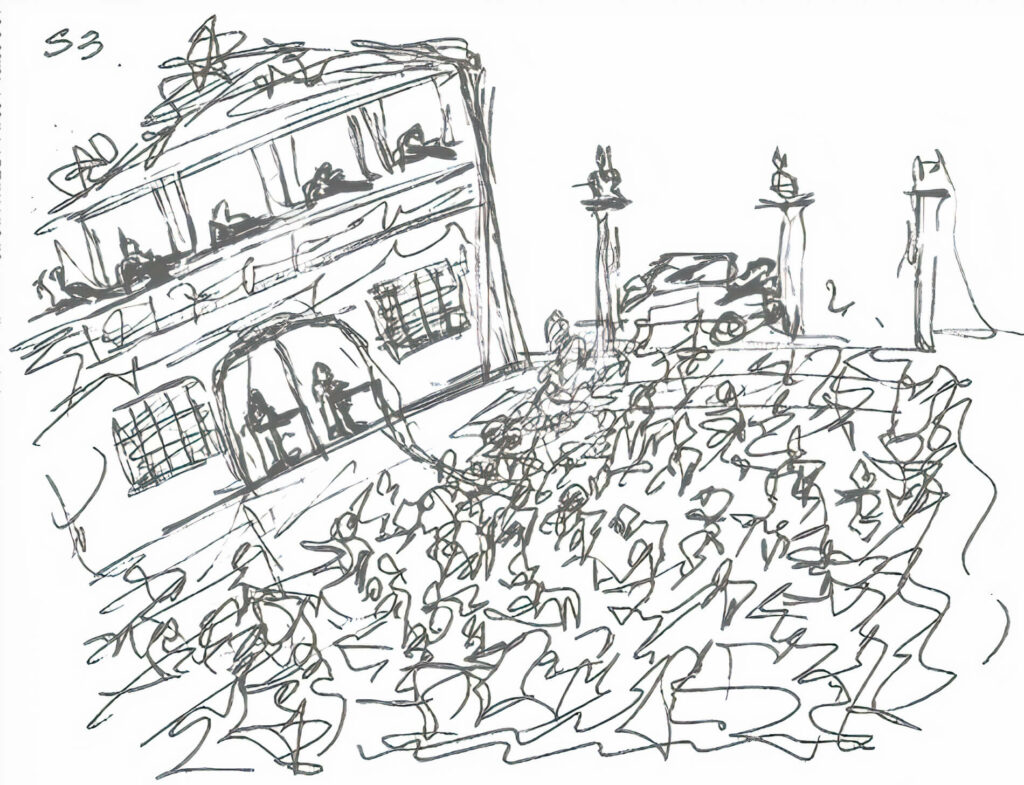
When faced with this example of remote viewing Mr. Truzzi said, “Well that’s just too good. I couldn’t believe that.”
Quoting Mr. Truzzi: “They want to deny, many of them, even that which is suggestive, which I think is just pigheaded.”
